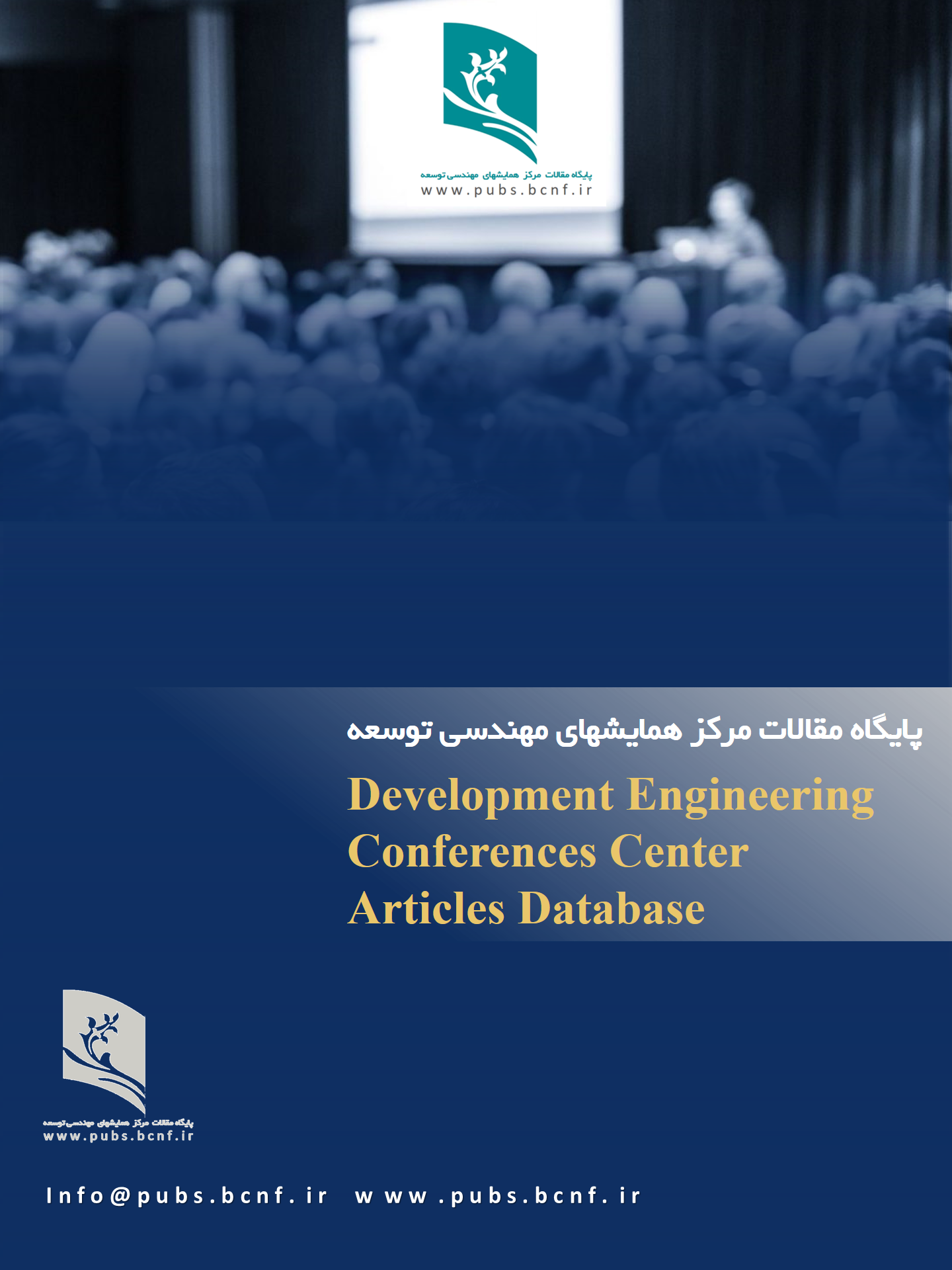Effect of Pyrolysis Temperature on Crystallinity Properties of Acid-Catalyzed Resorcinol Formaldehyde Based Carbon Xerogel
Keywords:
Pyrolysis, Resorcinol- formaldehyde gel, sol-gel method, ambient pressure dryingAbstract
Pyrolysis temperature is a critical factor that influences the structural properties of carbon materials derived from different organic precursors. This study explored the impact of pyrolysis temperature (i.e., 400, 600, and 900 oC) on the crystallinity characteristic of the acid catalyzed resorcinol-formaldehyde based carbon xerogels. The crystallinity properties of the resulting carbons were investigated based on the XRD analysis aiming to understand the transformation of the resulted carbon xerogel microstructure upon thermal treatment. The findings revealed a meaningful correlation between pyrolysis temperature and the crystallinity of the final carbons. Notably, as the pyrolysis temperature increased, the degree of crystallinity of the carbons also increased. Specifically, the carbon xerogel synthesized at 900°C exhibited a turbostratic carbon structure, highlighting the significant influence of high pyrolysis temperature on the graphitization process.
Downloads
References
[1] Mónika Kéri, Balázs Nagy, Krisztina László. (2021). Structural changes in resorcinol formaldehyde aerogel seen by NMR- Journal of Microporous and Mesoporous Materials, vol. 317, no.110988, p. 1-8.
[2] Yong Xiang, Dongfang Dai, Wencai Bai. (2023). Layered aerogel embedded with thiourea-resorcinol-formaldehyde resin for efficient adsorption of Au(III). Journal of Separation and Purification Technology. vol. 314, no.1, p. 1-14.
[3] Han Gao, Songlin Zuo, Shanshan Wang, Fei Xu. (2024). Graphitic crystallite nanomaterials enable the simple and ultrafast synthesis of resorcinol-formaldehyde carbon aerogel monoliths. Journal of Carbon, vol. 50, no. 2, p. 220-229.
[4] Kejun Wang, Zhengwei Ye, Xiaoqiong Li. Nanoporous resorcinol-formaldehyde based carbon aerogel for lightweight and tunable microwave absorption
[5] Mohammad Aghabararpour,Mehdi Naderi , Siamak Motahari , Mohammad Najafi (2019). A study on resorcinol formaldehyde carbon aerogel/epoxy nanocomposites: the effect of carbon aerogel pyrolysis time_Journal of Polymer Research, vol. 26, no. 59 , p. 1-8.
[6] Shuangwen Li a, Dongmei Hou a, yongsheng Cui. (2013). Highly ordered carbon aerogels: Synthesis, structures, properties and applications. Journal of Carbon. vol. 218, no. 31, p. 118669.
[7] Huayu Liu, Ting Xu, Qidi Liang, (2022). Compressible cellulose nanofibrils/reduced graphene oxide composite carbon aerogel for solid-state supercapacitor. Journal of Advanced Composites and Hybrid Materials. vol. 5, no. 1, p. 1168-1179.
[8] Weihua Gu1 , Jiaqi Sheng2 , Qianqian Huang, (2021). Environmentally Friendly and Multifunctional Shaddock Peel Based Carbon Aerogel for Thermal Insulation and Microwave Absorption. Journal of Nano-Micro Lett. vol. 13, no. 102, p. 1-14.
[9] B.S. Girgis, Y.M. Temerk, M.M. Gadelrab, I.D. Abdullah, (2007) X-ray diffraction patterns of activated carbons prepared under various conditions, journal of Carbon Lett. vol. 8, no. 2, p. 95-100.
[10] B. Sakintuna, Y. Yürüm, S. Çetinkaya, (2004). Evolution of carbon microstructures during the pyrolysis of Turkish Elbistan Lignite in the temperature range 700- 1000 OC, Journal of Energy Fuels. vol. 18, no. 3, p. 1-17.
[11] Abolghasemi Mahani, S. Motahari, V. Nayyeri, (2018). Synthesis, characterization and dielectric properties of one-step pyrolyzed / activated resorcinol-formaldehyde based carbon aerogels for electromagnetic interference shielding applications. Journal of Materials Chemistry and Physics. vol. 213, no. 2, p. 492-501.



